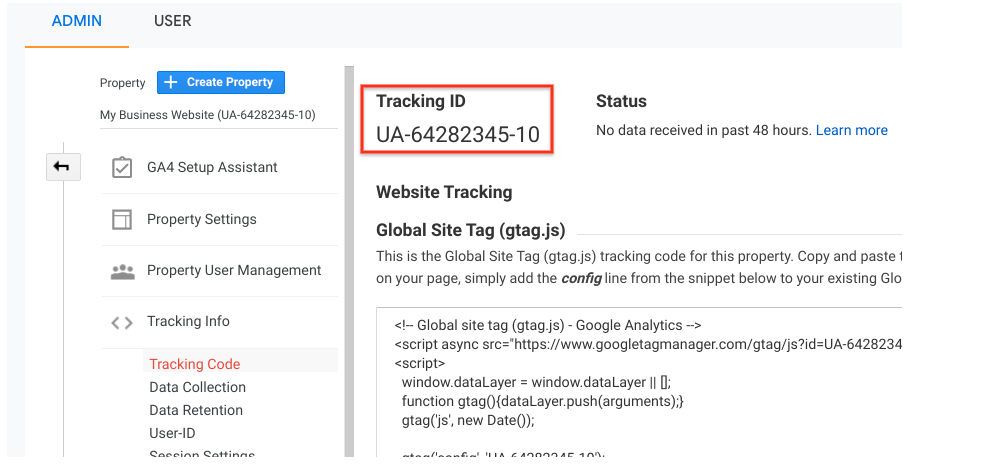Ultimate Frequently Asked Question: What Data Does Google Analytics Prohibit Collecting?
Ultimate Frequently Asked Question: What Data Does Google Analytics Prohibit Collecting?
Blog Article
Mastering the Art of Conquering Information Collection Limitations in Google Analytics for Better Decision-Making
In the realm of digital analytics, the ability to remove meaningful insights from data is paramount for notified decision-making. Google Analytics stands as an effective tool for businesses looking for to recognize individual habits, track conversions, and maximize their on the internet visibility. Data collection limitations within this system can prevent the precision and depth of the info collected. What Data Does Google Analytics Prohibit Collecting?. To truly harness the capacity of Google Analytics for critical decision-making, understanding the art of conquering these restrictions is vital. By employing tactical approaches and sophisticated methods, companies can raise their data high quality, unlock concealed understandings, and lead the way for more reliable and enlightened decisions.
Data Top Quality Analysis
Analyzing the quality of data within Google Analytics is an important step in ensuring the dependability and accuracy of understandings acquired from the accumulated info. Data top quality analysis involves assessing numerous facets such as precision, efficiency, consistency, and timeliness of the information. One crucial aspect to take into consideration is data precision, which refers to just how well the information shows truth worths of the metrics being gauged. Unreliable information can lead to damaged conclusions and misguided business decisions.
Completeness of information is one more essential consider evaluating data top quality. It entails ensuring that all essential data factors are collected and that there are no voids in the details. Incomplete data can skew analysis results and hinder the capacity to get a thorough sight of individual behavior or web site performance. Consistency checks are also crucial in information high quality evaluation to determine any kind of discrepancies or abnormalities within the data set. Timeliness is just as important, as obsolete data might no more matter for decision-making procedures. By focusing on information top quality evaluation in Google Analytics, organizations can improve the integrity of their analytics records and make even more informed choices based on exact understandings.
Advanced Tracking Strategies
Making use of sophisticated tracking strategies in Google Analytics can significantly improve the deepness and granularity of information gathered for more detailed analysis and insights. One such technique is event tracking, which permits the tracking of certain communications on an internet site, like clicks on buttons, downloads of files, or video sights. By carrying out occasion tracking, businesses can gain a much deeper understanding of user habits and interaction with their online material.
Additionally, personalized measurements and metrics provide a way to tailor Google Analytics to details company demands. Custom dimensions enable the creation of new information points, such as user functions or customer sections, while customized metrics enable the monitoring of one-of-a-kind performance indications, like revenue per customer or average order worth.
Additionally, the usage of Google Tag Manager can enhance the application of tracking codes and tags across a site, making it much easier to manage and release advanced monitoring setups. By taking advantage of these innovative monitoring strategies, services can open beneficial insights and maximize their on-line strategies for far better decision-making.
Personalized Dimension Application
To boost the deepness of information collected in Google Analytics past sophisticated tracking strategies like occasion monitoring, businesses can implement custom-made measurements for more customized understandings. Custom dimensions allow services to define and gather particular information factors that are relevant to their unique goals and goals (What Data Does Google Analytics Prohibit Collecting?). By designating custom-made dimensions to different aspects on a web site, such as individual communications, demographics, or session information, organizations can get a much more granular understanding of how individuals involve with their on-line homes

Acknowledgment Modeling Methods
Effective acknowledgment modeling is critical for recognizing the effect of various advertising channels on conversion courses. By utilizing the best attribution version, companies can properly associate conversions to the suitable touchpoints along the consumer journey. One common acknowledgment design is the Last Communication design, which provides credit for a conversion to the last touchpoint an individual interacted with prior to converting. While this design is simple and easy to carry out, it typically oversimplifies the consumer trip, neglecting the impact of other touchpoints that contributed to the conversion.
Data Experiencing Evasion
When dealing with huge quantities of information in Google Analytics, conquering information tasting is important to guarantee precise understandings are acquired for educated decision-making. visit this web-site Information tasting takes place when Google Analytics approximates patterns in information instead than examining the total dataset, possibly leading to manipulated outcomes. By taking these positive steps to decrease data tasting, businesses can draw out more exact insights from Google Analytics, leading to far better decision-making and boosted overall performance.
Verdict
Finally, grasping the art of getting rid of data collection constraints in Google Analytics is essential for making educated choices. click this By conducting a detailed data quality assessment, carrying out sophisticated tracking strategies, utilizing customized measurements, employing attribution modeling techniques, and avoiding information tasting, companies can make sure that they have exact and trusted information to base their decisions on. This will ultimately bring about a lot more effective techniques and better outcomes for the organization.

Report this page